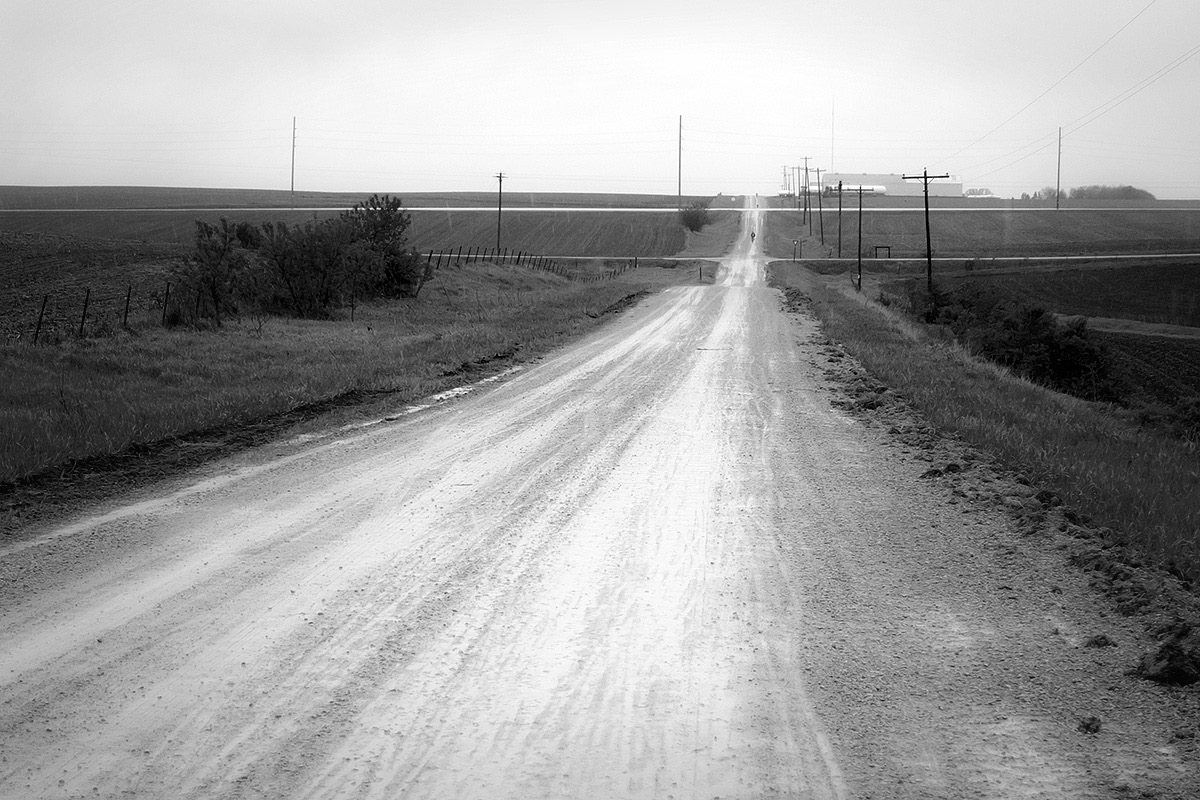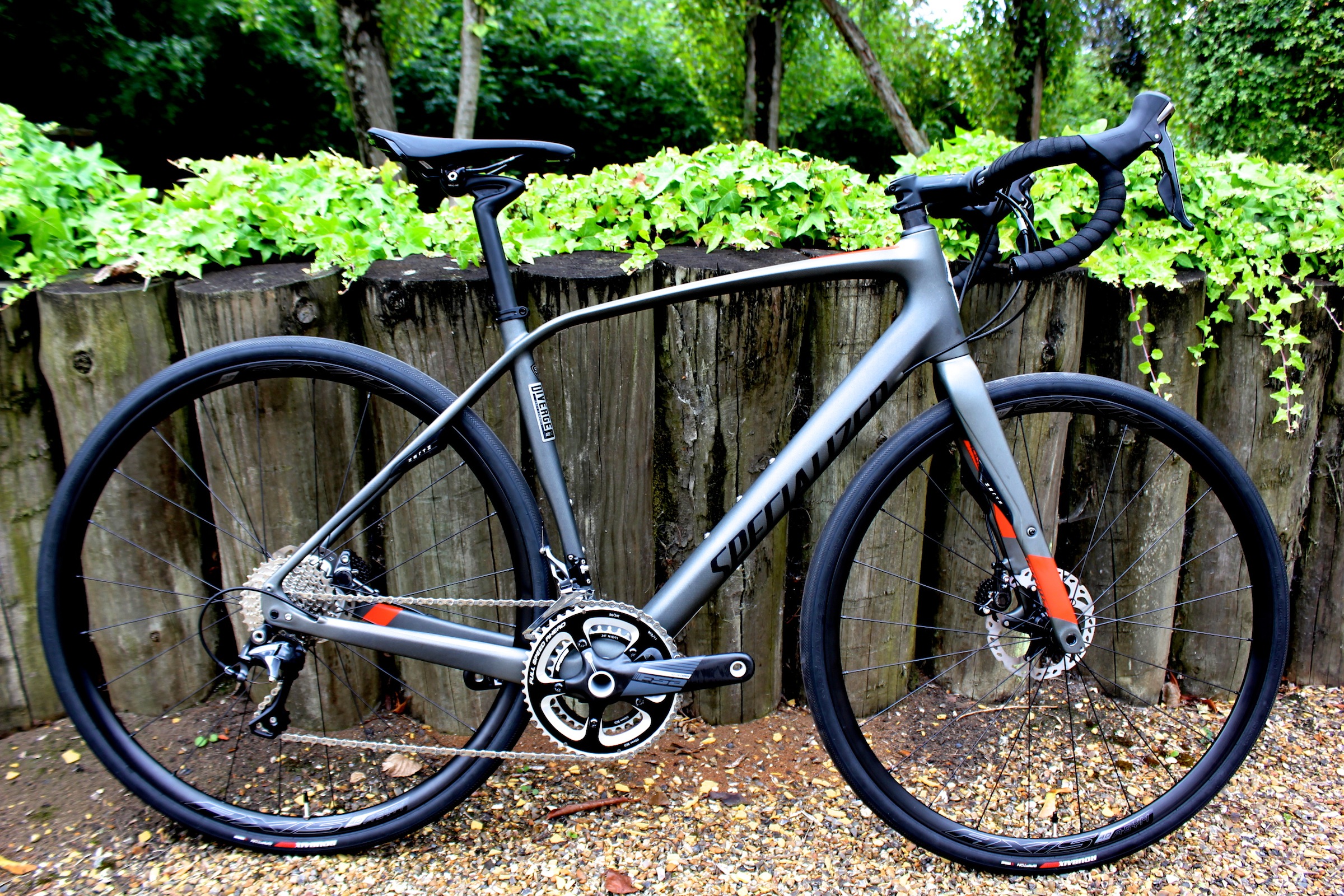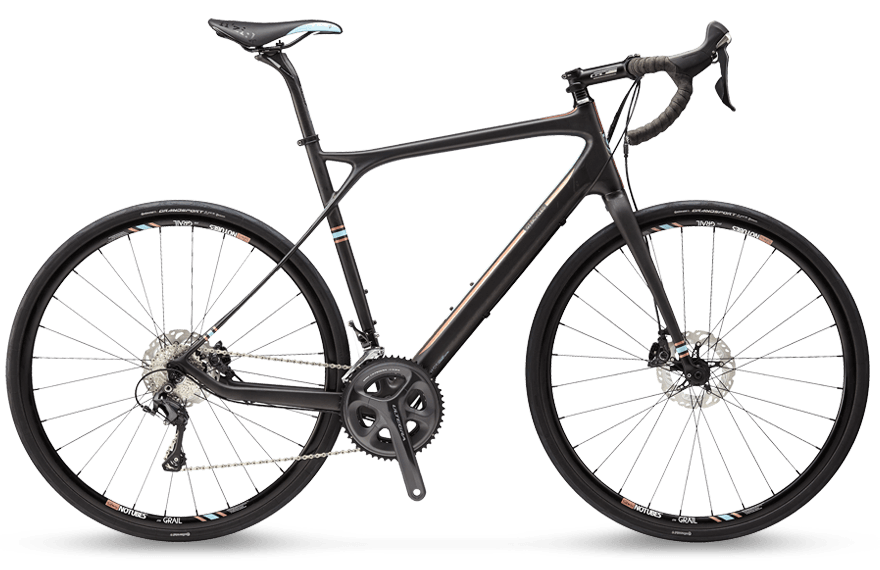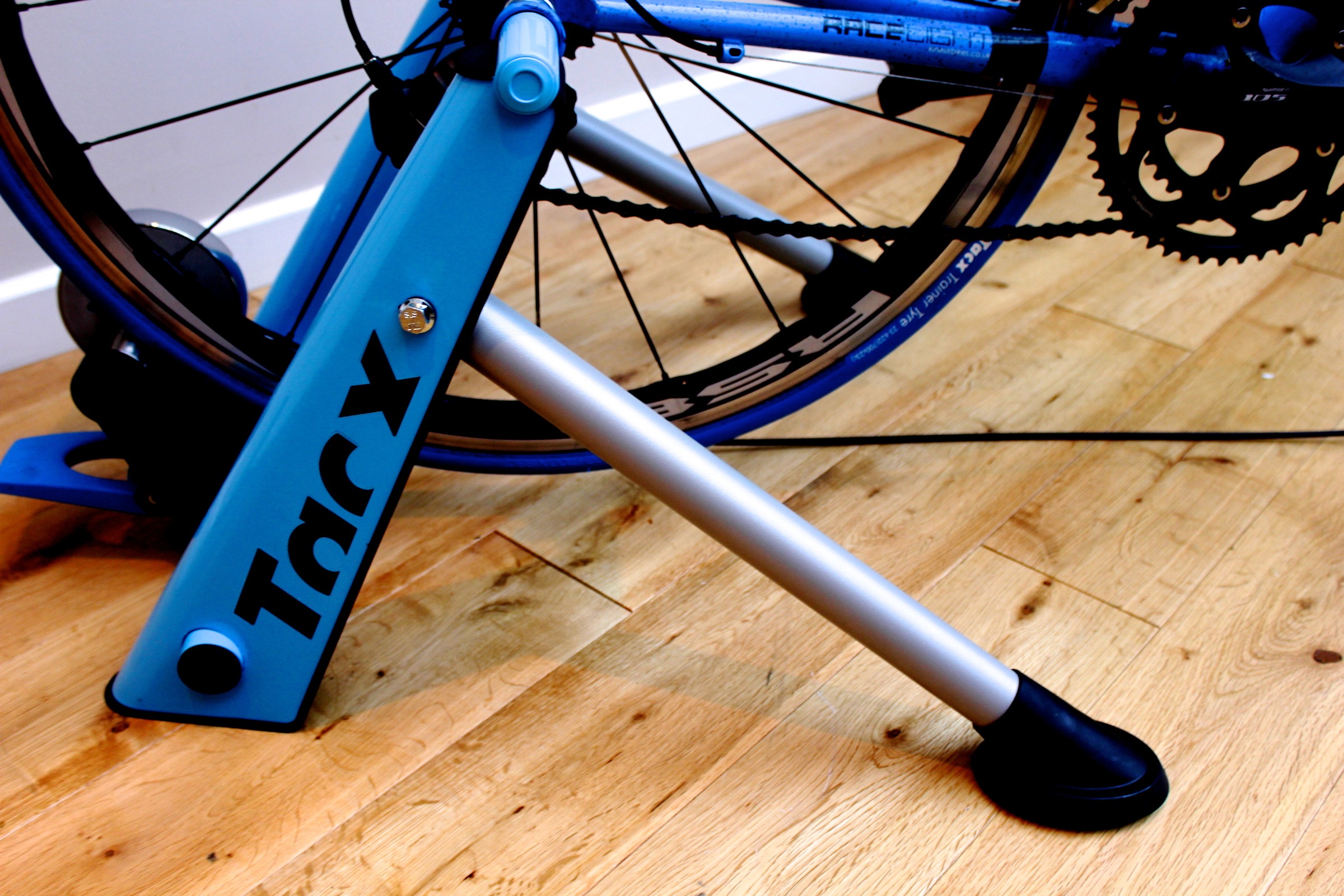Frame geometry
-

The gravel bike has evolved from the US gravel racing scene (Jereme Rauckman via Flickr Creative Commons)
-

Disc brakes are a key feature of gravel bikes
-

The Specialized Diverge is the American firm's take on the gravel bike
-

GT launched the Grade 'enduroad' bike in 2014
Frame geometry
If you recall, the concept of gravel riding is to ride long distances on unsurfaced roads.
Unsurfaced roads (in the US) are generally long, straight affairs that don’t require a huge amount of rider input, aside from pedaling, of course. Rider comfort takes precedence, and the frame design of your gravel bike will reflect this – a gravel bike is unlikely to be as nimble as either a race or ‘cross bike.
In the road arena, longer chainstays and an overall longer wheelbase for stability, slacker headtube angle for more relaxed steering (less twitchy than a racing bike, less responsive on technical off-road sections than a ‘crosser) and a lower bottom bracket height (drop) are the major and most immediate frame differences against a race bike.
A picture paints a thousand words, so have a look at this: we’ve compared some basic geometry measurements of a gravel bike against a racing bike. Both are the same size and from the same brand. For demonstration purposes, the Specialized Diverge gravel bike, the Crux cyclo-cross bike and the Tarmac road bike, all in 56cm frame sizes.
| Specialized Tarmac | Specialized Diverge | Specialized Crux | |
| Toptube length | 565mm | 565mm | 560mm |
| Headtube length | 160mm | 165mm | 155mm |
| Headtube angle | 73.5° | 72.5° | 72.5° |
| Wheelbase | 986mm | 1011mm | 1022mm |
| Chainstay length | 405mm | 415mm | 425mm |
| BB drop | 69mm | 75.5mm | 69mm |
It’s worth noting here that ‘bottom bracket drop’ is the distance by which the centre of the bottom bracket lies below the level of the rear hub.
It’s interesting to see that geometry of the gravel bike sits in between the ‘cross and the road bike. Both are competition bikes are that’s reflected in the shorter headtubes.
So, it looks as if gravel bike designers might be taking the best of both worlds and coming up with a suitable compromise, and compromises can be a good thing, can’t they?





